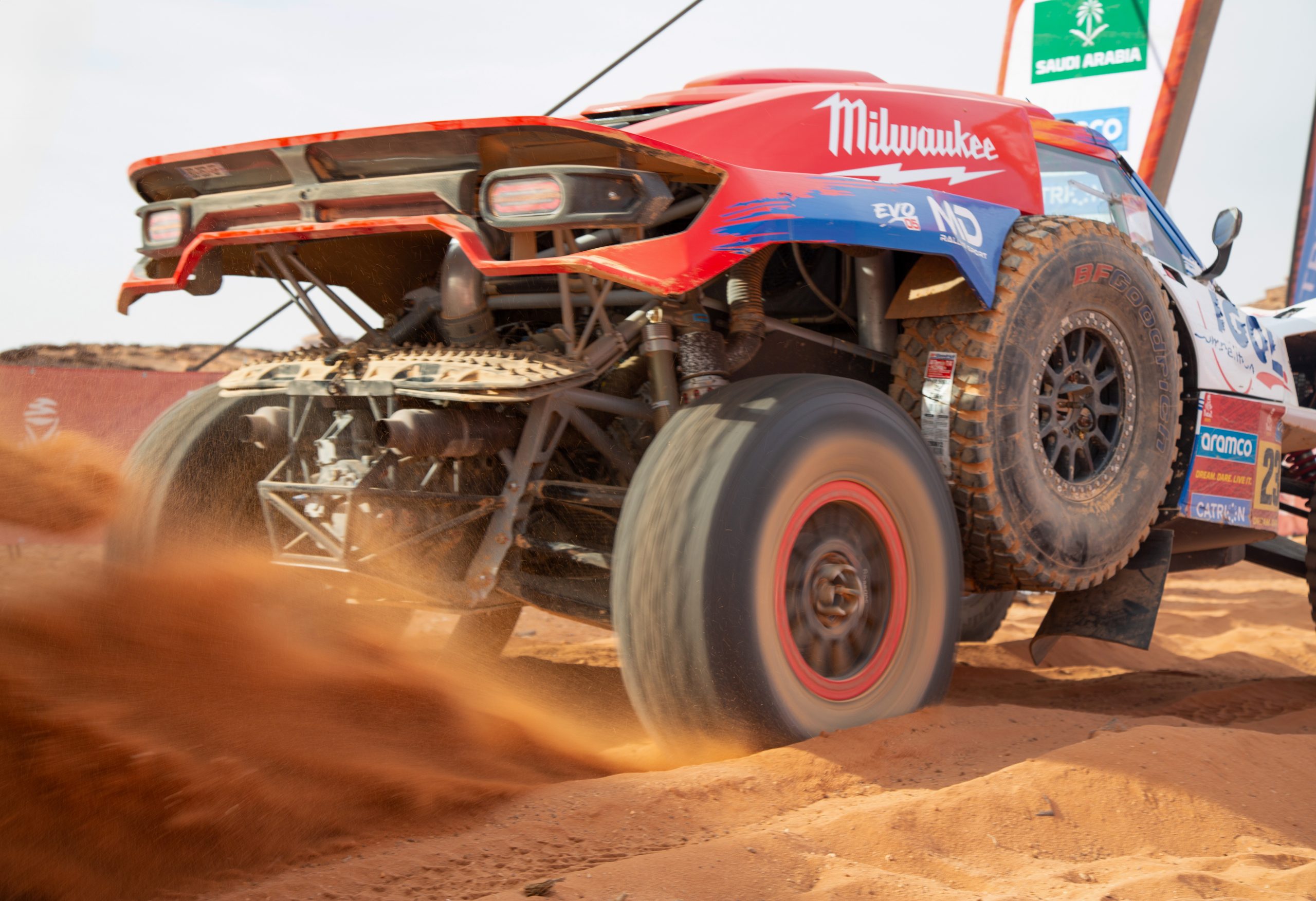When Hagerty’s esteemed contributor, Giles Chapman, wrote about 13 British cars floored by flaws, the first car that he put under the spotlight was the popular Singer Le Mans. And who could blame him, as it made for a compelling tale of motor racing, dramatic crashes and the ensuing damage to a company’s reputation.
Chapman wrote: ‘Three of them crashed at the exact same spot at the tight Bradshaw’s Brae corner because of a design fault in the cars’ steering linkage – a fault that had not shown up on the sweeping corners at Le Mans’.
Now here’s the thing. It may seem picky, but many owners of Singer cars would disagree about there being a design fault on the Singer Le Mans cars. It it was not due to an inherent design fault in the steering linkage, but down to a last-minute steering linkage modification made by Singer to get the cars past the scrutineers at the Ards circuit, near Belfast.

Sure enough, all three Singer Le Mans TT race cars crashed at Ards in 1935, and it is quite correct that these cars had earlier raced in the 24 hours Le Mans race that year. At Ards, one Singer crashed first, and on different laps a short distance away a second Singer crashed, and then yet a third Singer crashed, somewhat unluckily landing on top of the second car.
In each case it was clear that the steering had failed and caused the crashes. What had actually failed was some welding on the car’s steering arms, this welding having been cobbled-up the night before the race in order to get the cars past the scrutineers.
When the cars were first presented for scrutineering, they were rejected because the steering arrangement was different from the production cars, a regulation that had to be complied with. The cars were presented with a fore and aft drag link arrangement, whereas the production cars had a transverse link arrangement.
Singer’s race team worked on the cars overnight, and to get the steering to the transverse link style, they needed to weld-on an extra eye for a track rod end onto the left-hand steering arm. The steering arms were drop-forged medium carbon steel, hardened and tempered and which in normal circumstances were not weldable. They might be weldable with the right equipment, but after that the heat-treatment time required to harden and re-temper them took longer than the time they had available – let’s say they needed 12 hours in a proper heat-treatment furnace. So the new eyes were left with a brittle weld, and as we know, they subsequently failed spectacularly on the track.
The reason for the crashes may have been brushed under the carpet, as Singer did not correct any subsequent speculation about design faults that emerged in the press. Singer simply remained silent on the matter.
Many press reports blamed the failure on the track rod ends, and as Singer had not made the track rod ends, it’s plausible they were happy for the blame to be laid on a different company. However, in the aftermath of the crashes, Singer sales started dropping, and for them to admit incompetence or whatever with the welding might have worsened their public image. The company chose to keep quiet, and the rest is history.
Ashley Crossland is a member of both of the UK based Singer clubs, the Singer Owners’ Club, and the Singer Motor Club.
Read more
Cruel Britannia: 9 British-built cars we loved to hate
Ride on time: 13 collectable motorcycles to buy now
Our Classics: 1960 MGA Roadster










This is fascinating and important historical stuff, Ashley – we are lucky to have you to clarify. I hope the failings of my abridged version can be forgiven, as I should have said something like ‘failures in the steering department’ or some such. They made some interesting cars and things should have turned out better.
Why have Triumph Stags dropped so much in value over these past months
Would it be possible to run this article in our club newsletter please? It may explain why there were no Singers sold by Rootes in Australia – they were badged as Hillman (Gazelle) or Humber (Vogue) instead.